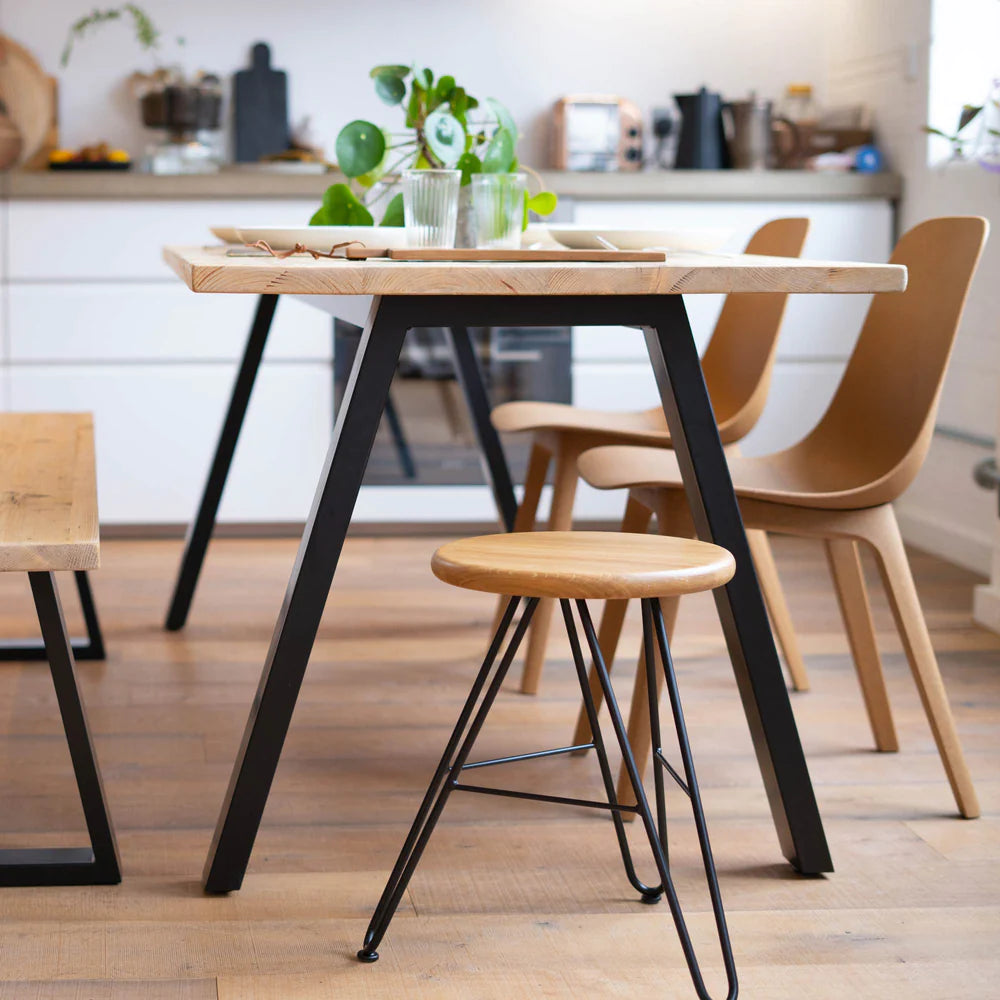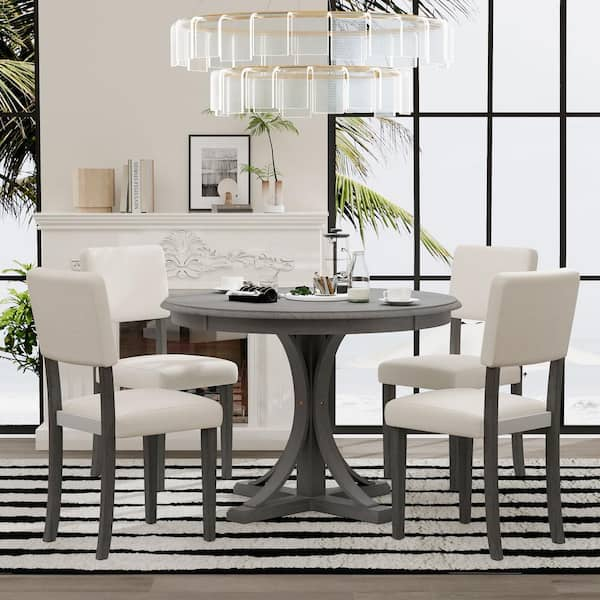Tips for Installing Dining Room Table Legs for a Modern Look
Tips for Installing Dining Room Table Legs for a Modern Look
Blog Article
From Standard to Modern: Discover the Perfect Dining Space Table Legs for Your Design
The selection of dining room table legs plays a critical duty in specifying the total personality of your space, connecting the gap between typical craftsmanship and modern-day appearances. While classic designs such as cabriole and turned legs stimulate a feeling of classic elegance, modern designs like barrette and geometric choices offer an opportunity for striking aesthetic rate of interest. Reviewing the best balance between these designs requires a nuanced understanding of your existing design and personal taste. As you take into consideration these elements, the concern remains: exactly how can you flawlessly integrate these varied leg designs to create a harmonious eating experience?
Understanding Table Leg Styles
The variety of dining space table leg styles can considerably influence both the looks and capability of the room. Each leg style contributes distinct sensible functions and aesthetic components, dealing with varied style choices and usage requirements. Understanding these styles is crucial for selecting the right eating table that straightens with your general interior decoration vision.
For example, conical legs use a clean, classic appearance that can improve a space's elegance, while stand bases supply stability and optimize legroom, making them suitable for smaller spaces. Barrette legs, a trademark of mid-century modern layout, present an industrial panache, enabling for an airy, open feeling. Trestle legs evoke rustic beauty, offering durable support and a feeling of eternity.
Wooden legs can bring warmth and appearance, whereas metal choices usually communicate a streamlined, contemporary vibe. Eventually, understanding table leg designs is vital for creating a cohesive eating location that mirrors personal style while making sure practicality and comfort.
Standard Table Leg Options
When picking dining-room table legs, standard alternatives often symbolize ageless sophistication and workmanship. These designs reflect a rich heritage and a commitment to high quality, making them suitable for those that value classic aesthetic appeals.
Among one of the most legendary traditional leg styles is the cabriole leg, characterized by its graceful curved shape. This design typically features ornamental carvings and is most typically discovered in Queen Anne and Chippendale furniture. One more prominent choice is the turned leg, which boasts a series of smooth, rounded shapes that provide a classic look while keeping security.
In addition, the straight leg, while straightforward, uses a strong and basic structure that can mix flawlessly with a selection of tabletop designs. For those attracted to ornate outlining, claw-and-ball feet legs evoke a feeling of magnificence and can act as a spectacular centerpiece in any kind of dining area.
Lastly, stand bases, although not strictly legs, provide an alternative typical alternative that permits sufficient legroom and can be wonderfully carved. Each of these typical leg designs contributes to the total atmosphere of a dining-room, weding function with visual charm.

Modern Table Leg Layouts
Modern table leg styles offer a varied range of designs that emphasize tidy lines and ingenious products. These layouts typically prioritize performance while acting as striking focal factors within a dining area. Minimal looks prevail, with legs crafted from products such as steel, glass, and engineered timber, which add to a airy and modern feeling.
One popular layout is the hairpin leg, defined by its slim, tapered structure that gives stability without overwhelming the table top (dining room table legs). This design is typically located in mid-century modern furniture and can easily complement different eating table forms. Another pattern is using geometric forms, a fantastic read where legs may handle unbalanced or angular forms, adding aesthetic passion and a touch of artistry

Blending Designs for One-of-a-kind Rooms
Usually, home owners look for to produce special dining spaces that mirror their individual design by blending various layout components. This technique enables the consolidation of diverse aesthetics, resulting in an unified yet unique environment. For example, coupling a rustic wood table with sleek, modern steel legs can produce an attractive contrast that boosts the space's overall allure.
In addition, integrating vintage table legs with modern tabletops can stimulate a sense of background while preserving a modern perceptiveness. Such combinations not just showcase private taste however also motivate creativity, allowing homeowners to curate a space that really feels both personal and inviting.
Shade plays a critical role in visit this web-site this blending procedure; selecting table legs that enhance or contrast with the existing color pattern can improve aesthetic interest. As an example, whitewashed legs can soften the boldness of a dark table surface, developing a balanced aesthetic.
Tips for Selecting the Right Legs
Picking the right table legs is vital for attaining both functionality and visual allure in your dining area. Begin by taking into consideration the overall style of your space. Typical settings benefit from legs that include detailed carvings or turned styles, while modern rooms may require smooth, minimal designs.
Next, evaluate the height and security of the legs. dining room table legs. Typical dining tables range between 28 to 30 inches in height, so make sure the legs enhance this dimension for convenience. Additionally, robust materials, such as hardwood or metal, can enhance stability and durability
Examine the leg form too-- alternatives consist of right, tapered, or stand layouts. Straight legs supply a classic look, while tapered legs can add a touch of elegance. Pedestal bases provide sufficient legroom and are optimal for smaller areas.
Final Thought
In summary, choosing the optimal dining space table see page legs requires careful consideration of both traditional and modern designs. Typical choices such as cabriole and transformed legs supply classic style, while modern-day layouts like hairpin and geometric forms supply a contemporary touch. By harmonizing leg style, elevation, and product with the general decoration, a cohesive and welcoming environment can be accomplished. Ultimately, the picked table legs need to show the desired visual, boosting the dining experience within the space.
The selection of dining area table leg styles can significantly influence both the aesthetic appeals and functionality of the area. Ultimately, recognizing table leg styles is crucial for producing a natural dining location that reflects personal design while guaranteeing usefulness and comfort.One of the most legendary conventional leg designs is the cabriole leg, defined by its elegant curved form. Straight legs offer a traditional appearance, while tapered legs can add a touch of style.In summary, choosing the ideal dining area table legs requires cautious factor to consider of both modern-day and traditional styles.
Report this page